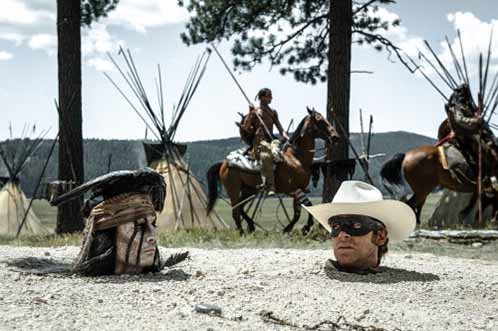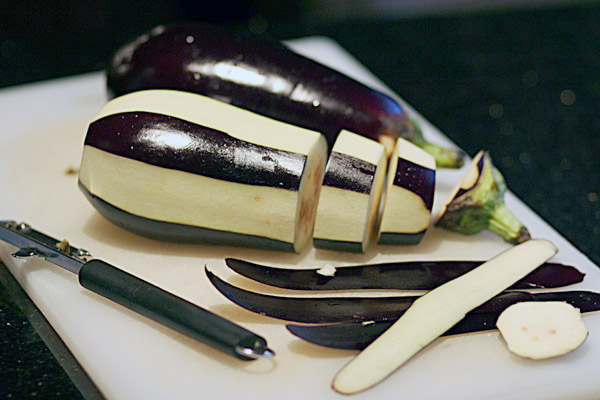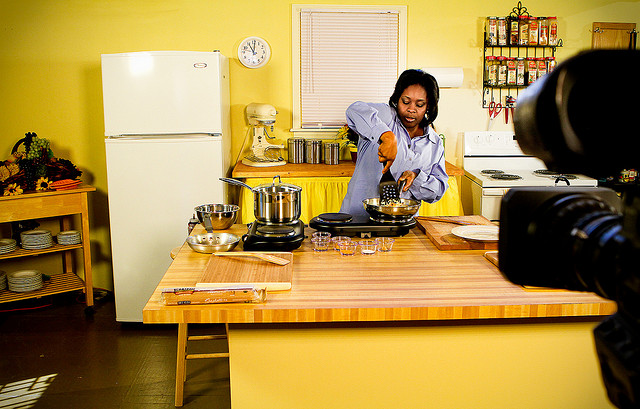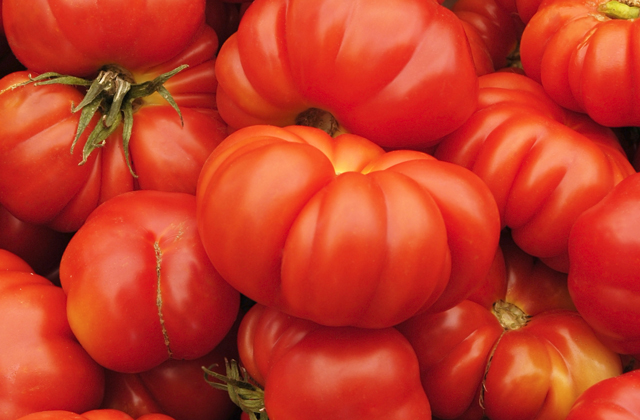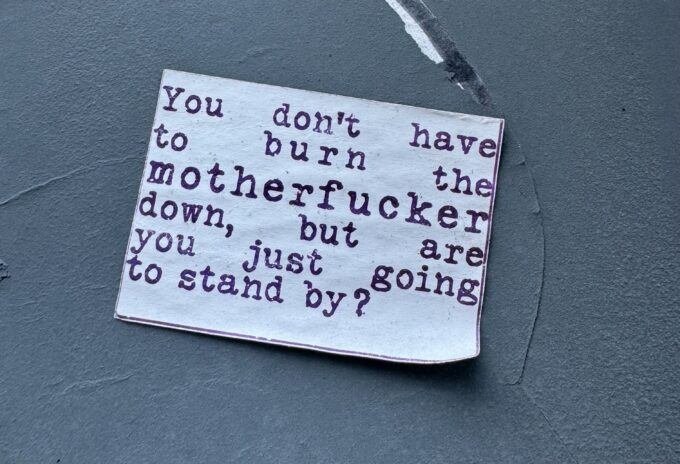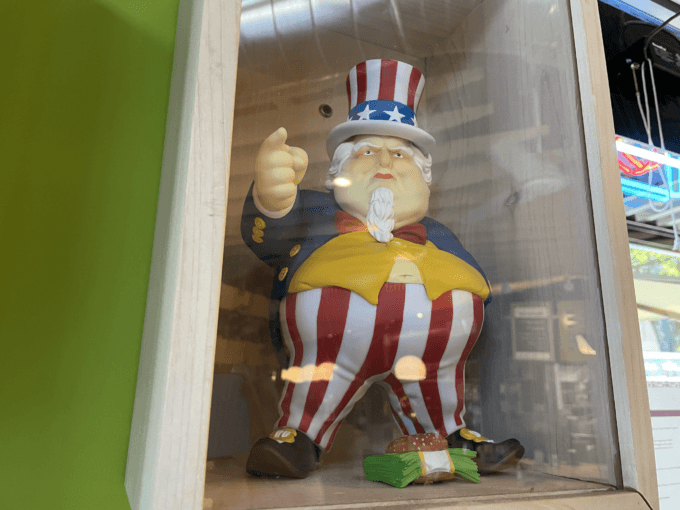
Published on http://dandelionsalad.wordpress.com
“It was the best of times, it was the worst of times…” — Charles Dickens, A Tale of Two Cities
“The organic-food movement is in danger of exacerbating the growing gap between rich and poor in this country by contributing to a two-tiered national food supply, with healthy food for the rich. Could Wal-Mart’s populist strategy prove to be more “sustainable” than Whole Foods? Stranger things have happened.” — Fred Maloney
If you listened to the Occupy Wall Street protesters, it’s the 1% that have been enjoying “the best of times” while 99% have been suffering through “the worst of times.” InOccupying Here & Now: The New Class Warfare (Amazon Kindle, 2012) I argued that the math here is wrong, that the way the U.S. is now economically divided does not have 99% of the population pitched against 1%. Like you, I’ve observed the conspicuous consumption on the high end, from a Louis Vuitton’s Bag for $45,000, a Tiffany watch for $214,000 and 2.5 million for a Bugatti Veyron. If you want to see how the 1% live view The Mother Jones slide show of mega-mansions athttp://www.motherjones.com/slideshows/2012/03/homes-rich-blog-mansions. But I’ve also observed what’s been going on in my local food markets and how all that reveals a more reliable view of how the pie is cut. I won’t argue here (but have elsewhere) as to whether the present apportionment of our wealth pie is the just and welcome result of talent and hard work or something else darker and quite different.
Let’s start by describing three stores here in my Midwestern university town: a food co-op that has slowly divested itself of its ’60s hippie roots. Call it a Millennial gentrified wannabe that remains encumbered by a lot of attitude very different than our “Let Markets Rule!” credo. The second is also unfranchised but not burdened by such a past and has recognized that expensive products require wealthy customers. The third is a Whole Foods, “the haute-crunchy supermarket chain that has made a fortune by transforming grocery shopping into a bright and shiny, progressive experience.” (Fred Maloney, “Is Whole Foods Wholesome?” Slate March 17, 2006, at 1:34 PM).
I got into “growing organic” in the early ’70s, subscribed to Rodale’s Organic Gardening and Farming, made a go at such farming in West Virginia, and in North Carolina joined one of the first and largest food co-ops in the country. We dickered directly with farmers, transported to our store, stocked shelves, coolers and bins, and stood at the cash register. If you wanted to belong to our co-op, you had to do your share of the work. When I arrived decades later in this university town, their organic food co-op was going the same way the counterculture had gone: into the dustbin of history.
What had been a countercultural student body had since Reagan done an abrupt about face and were now day trading toward their first million. The idea of a socialist grounded food cooperative outside the zero sum game of globalized techno-capitalism made less than sense. It was outside everyone’s radar, except of course the Coen brothers’ Dude. Every vestige of what co-operative meant, whether it was union solidarity or social democratic politics, had been overrun by the dynamism of global market competitiveness in which no one strove for equality but rather the supremacy of the Winner. Settling in to a “one among equals” and “to each according to his work” vibe was what Losers did. Students became in their minds not outsider, dissidents, rebels against “The Establishment” but just plain poor people, joining those ranks swelling now with a middle class economic devolution. And students now were made poorer by huge loans to pay for tuition as the idea that education should be not a nationally subsidized enterprise but a “go if you can afford it” one in which someone, say, shareholders, should be making a profit. Students therefore naturally gravitated to .99 tacos, Ramen noodles and the array of cheap fast food emporiums that fill any university town.
The hippie co-op was salvaged by someone who looked like a hippie but had solid business creds. He thought, and rightly, that if you wanted to sell healthy, organic food, you had to sell to the rich. The rich are different, as F. Scott Fitzgerald reportedly said. They can afford to eat healthy, non-toxic food. The “greening of America” that Charles A. Reich prophesied in 1970 resulting in what he called Consciousness III didn’t happen. “`Consciousness III’” represents the worldview of the 1960scounterculture, focusing on personal freedom, egalitarianism, and recreational drugs” (Wikipedia). Egalitarianism in the countercultural view meant a removal of economic inequalities. The pendulum has now swung in the opposite direction as the prevailing feeling is that “egalitarians want us all dead” and that any cooperative, socialist enterprise moves us toward that one true equality, which is is in death.
When it comes to branding then, a store founded on extinct ideas must do all it can to rebrand itself to suit the gentrified class that can afford to buy non-toxic food. So the first store in our tale is in a limbo state, waiting to be born into a new Millennial world that to be new must distance itself from anything with the word “co-operative” in it. It reeks of a socialists past and as we know, neither profit nor votes ensue from such.
The customers/clients or market target group that this co-op represented no longer exist. Or, more precisely, the niche they were in vanished. In this way, this store shares a present middle class situation because the middle class in America has also lost its own niche. Where it has been going economically is downward but in their middle class psyche they are still middle class, holding on to all sorts of illusions which extend from the miraculous power of personal will to the illusion that middle class Americans excel in every way foreigners can offer. This awfully confused group may represent about 20% of Americans, Americans who are in a limbo state in which the mythologies of the middle class American Dream can be re-born into a new Millennial world that has only places for Winners and Losers.
And now we go to our second store, the store correctly branded for the gentrified class, the store with no ties to any radical social or political heritage, the store that doesn’t equate the American Dream with anything more than entrepreneurial success in the unregulated, happily competitive Valhalla of capitalism.
A gentrified class that has wealth from stock market investments and/or employment in any aspect of the financial sector and/or dual professional or business owning marriages and/or cyberspace innovations and/or inherited wealth surely represents at least 20% of the American population. When the gentrified version of an organic, natural foods store opened up in which paid employees and not volunteers served you, products were advertised and arrayed in seductive ways, and your cash and not your work was all that mattered, the new gentrified class moved toward it magnetically. This class wants good customer service and for that they tip generously. They also want to be seen at such a store in the same fashion that someone lives in a gated community in order to be with their peers.
This gentrified class share a view of the American Dream with a devolving middle class but while the former reckon the reality of the dream by their own success the latter hold on to it in spite of their increasing misfortunes because the dream proves easier to hold on to than a job, a house, health benefits and a pension.
Gulliver will travel further down this road on the way to the third store in Part II.


